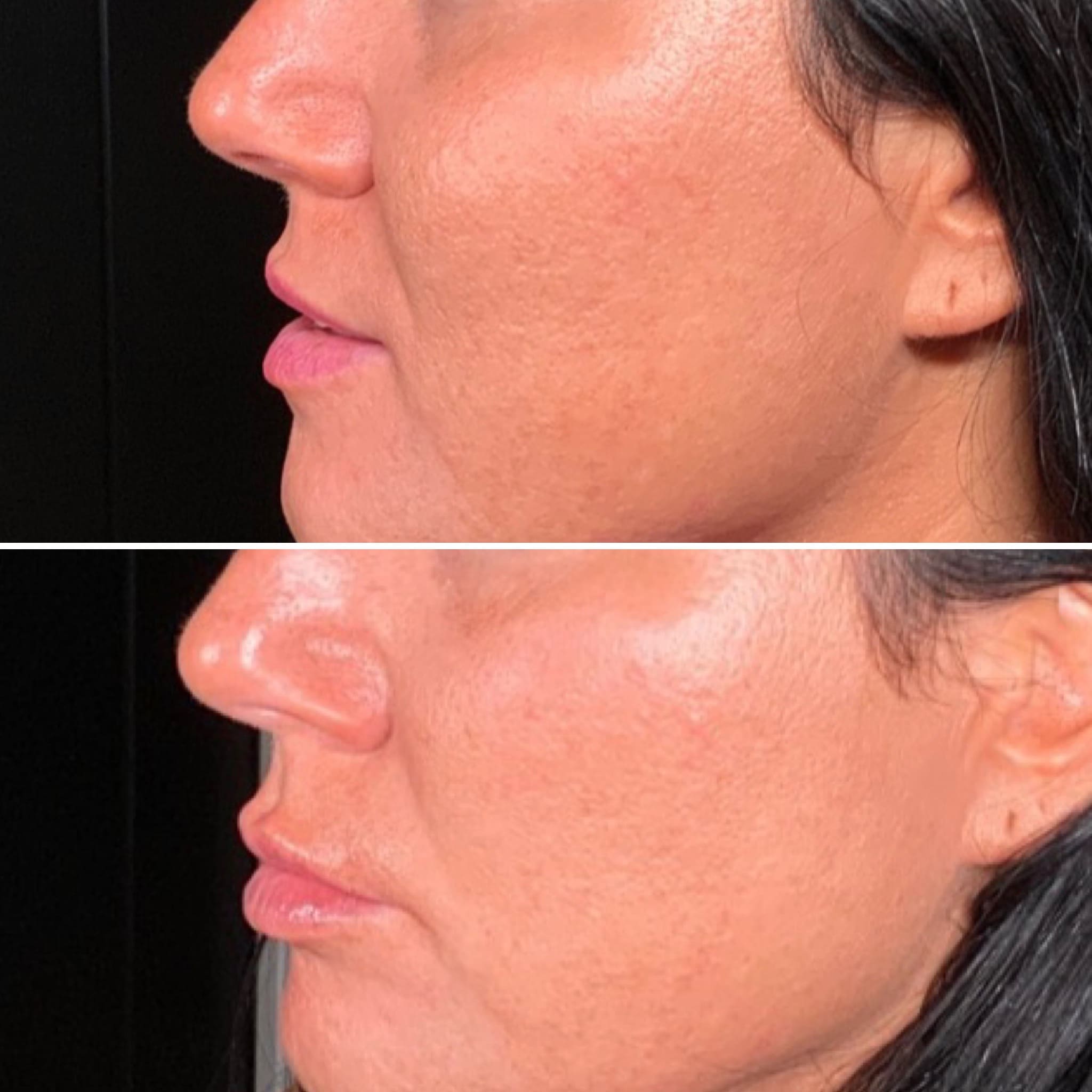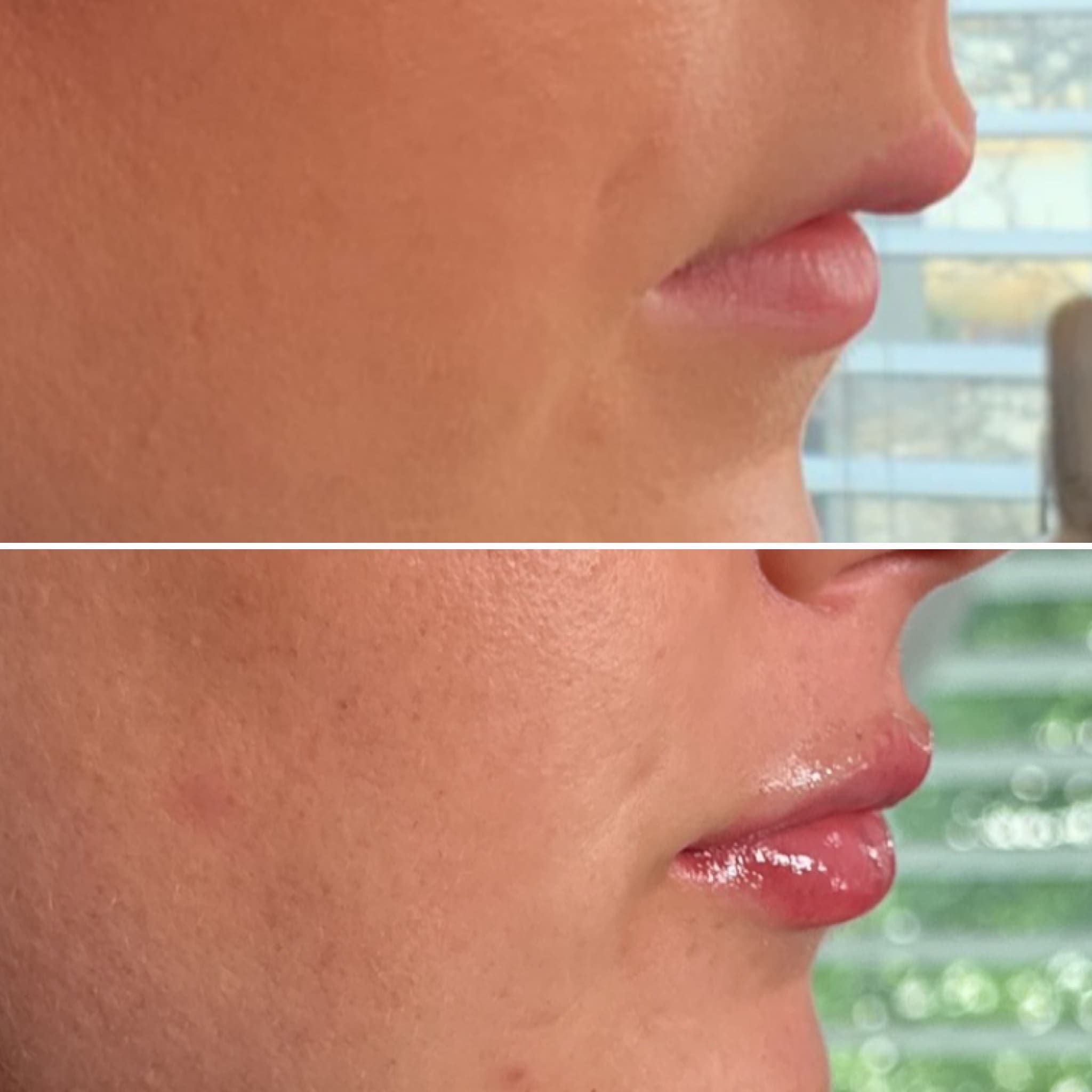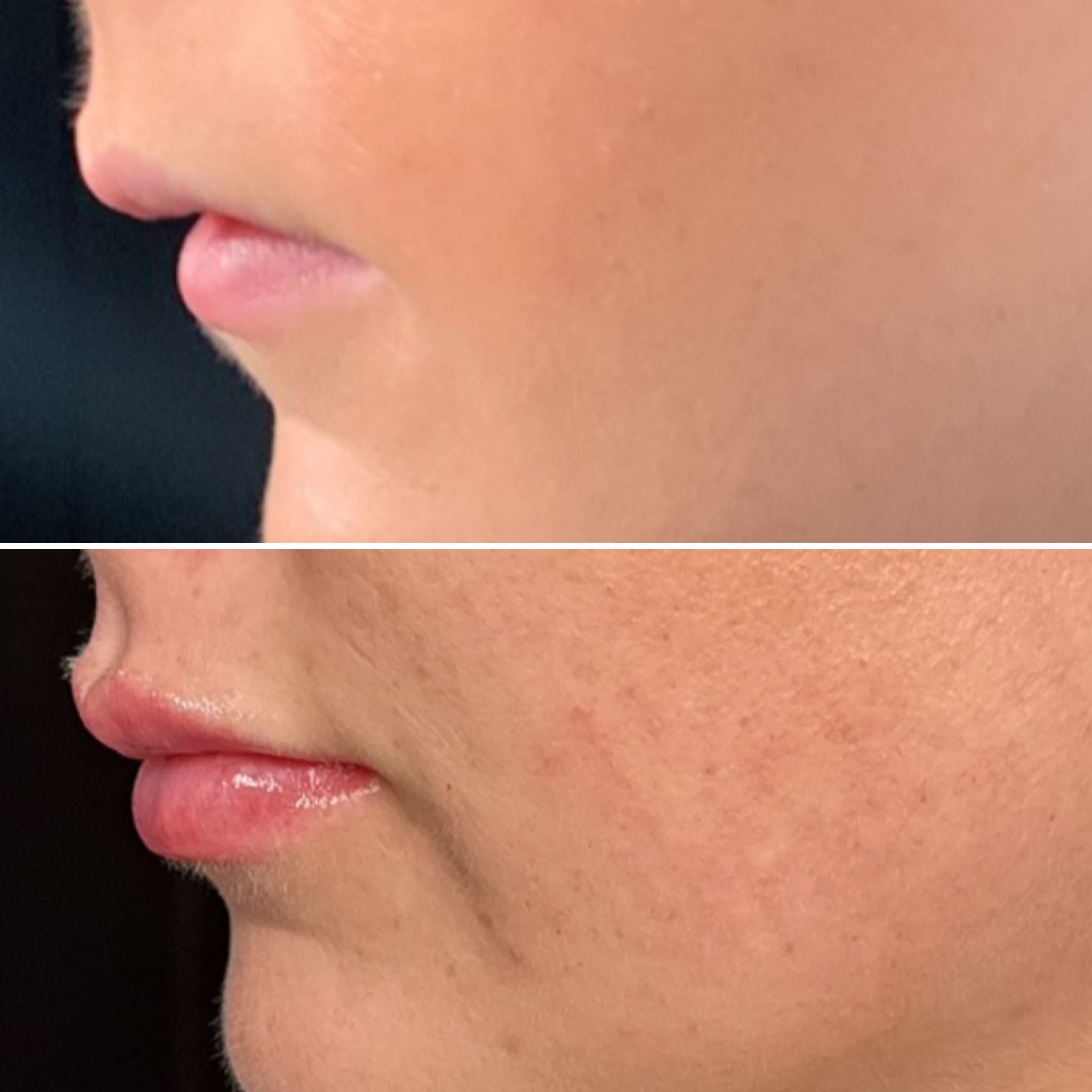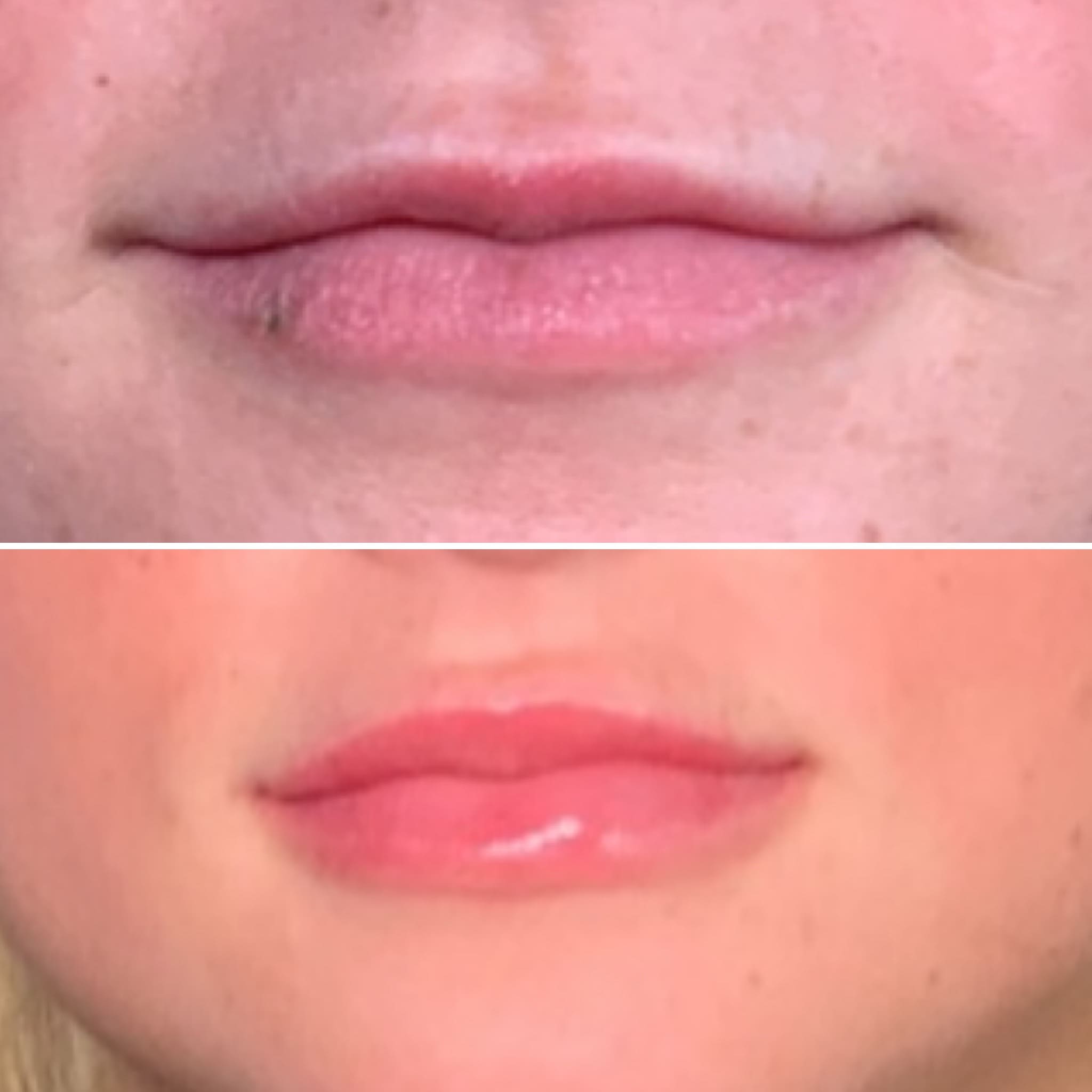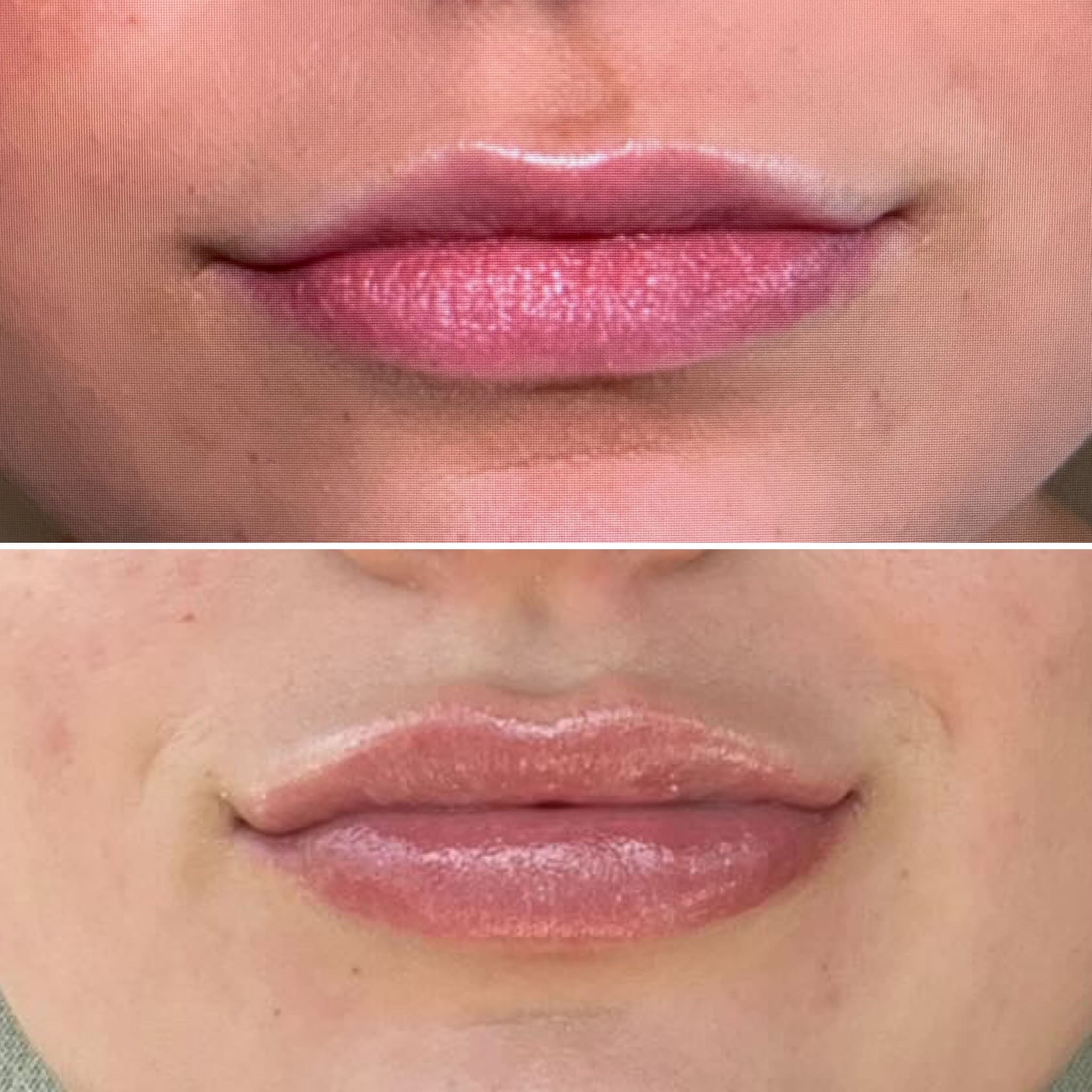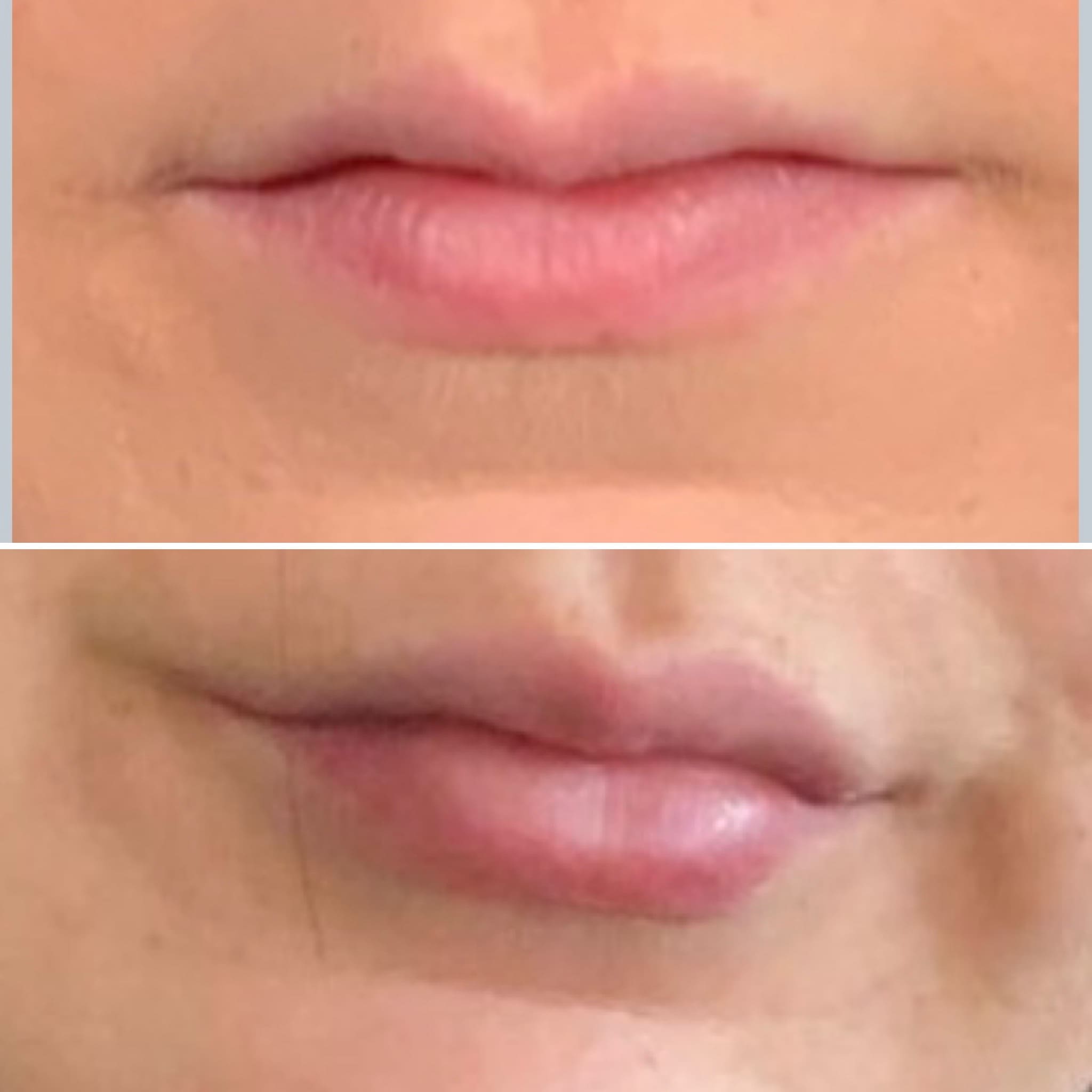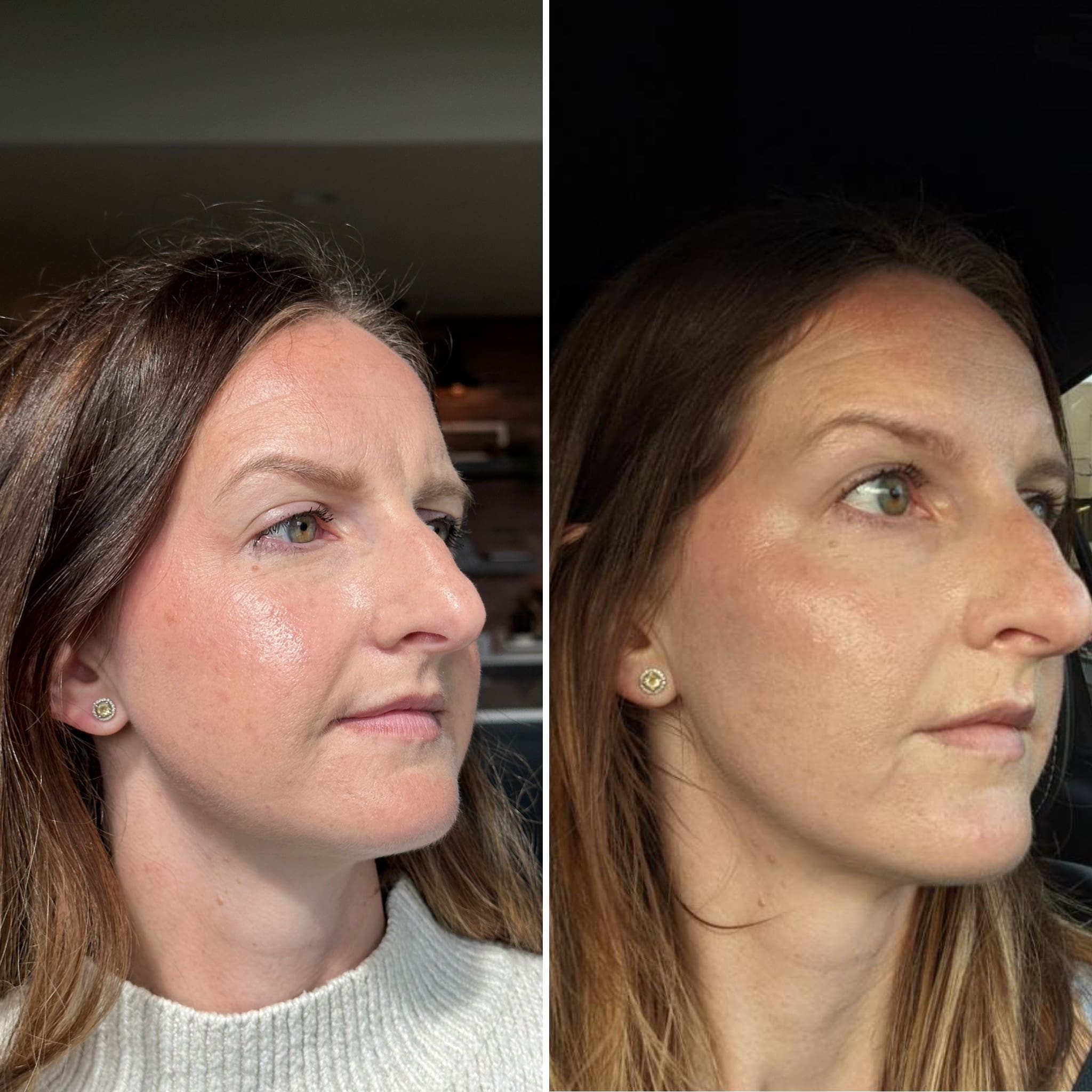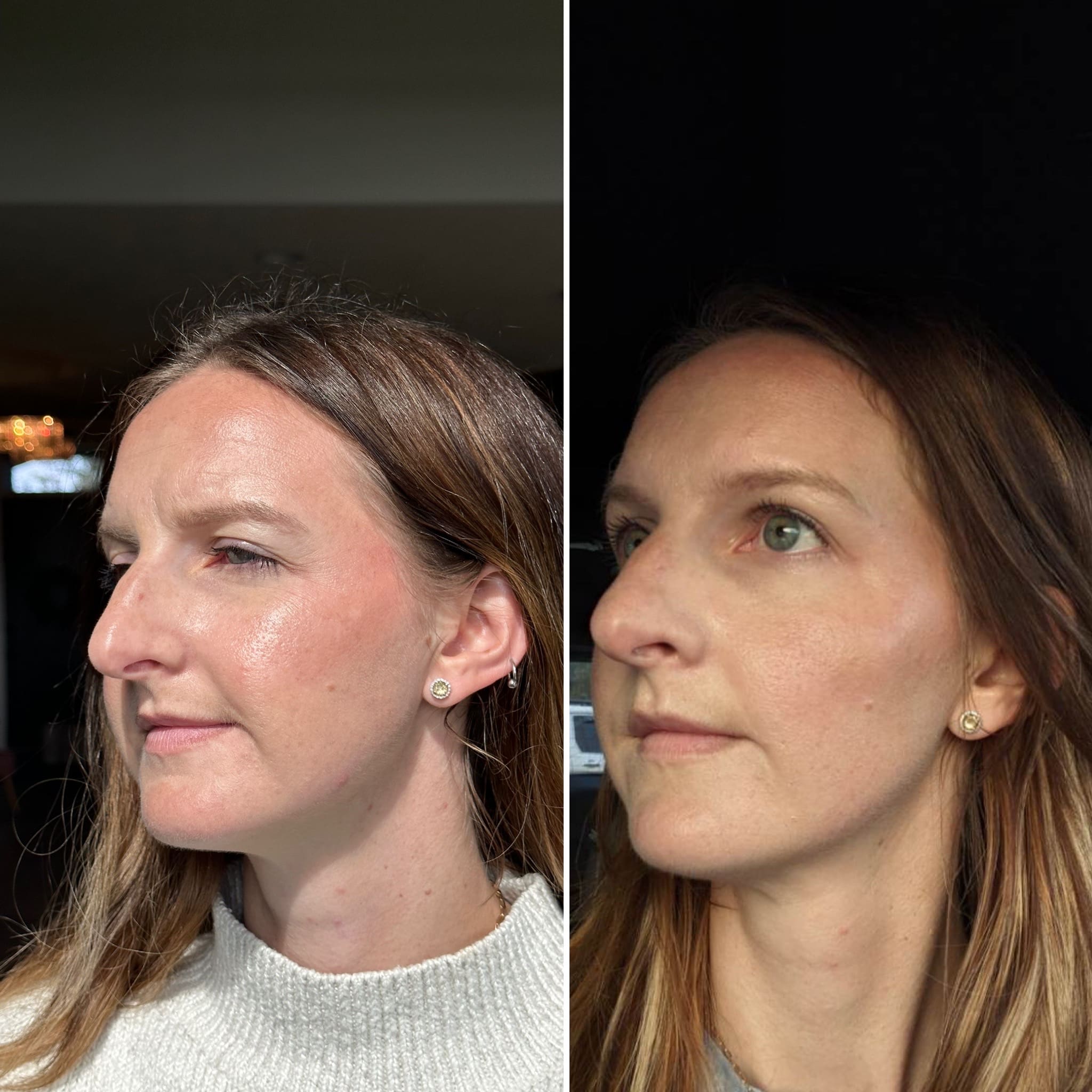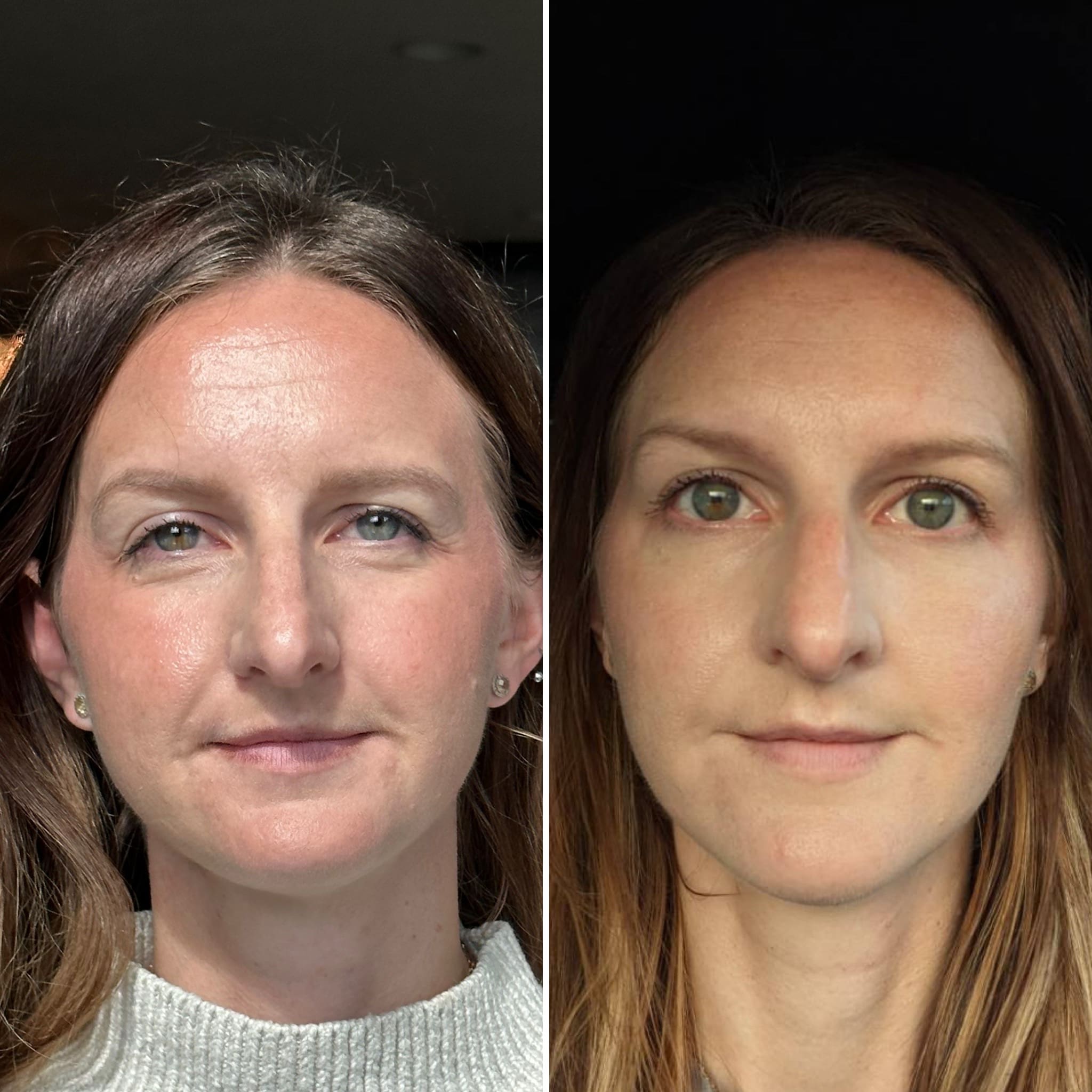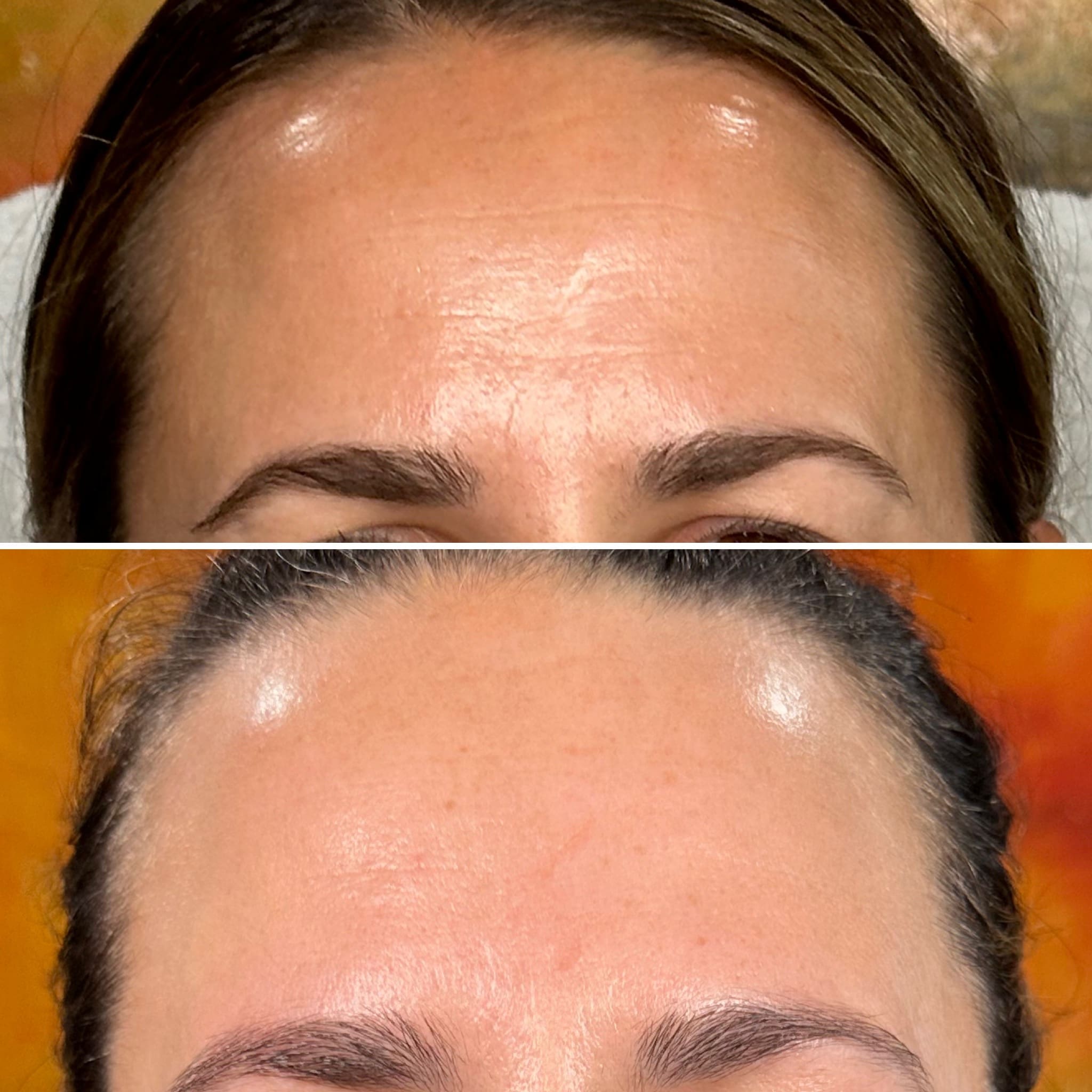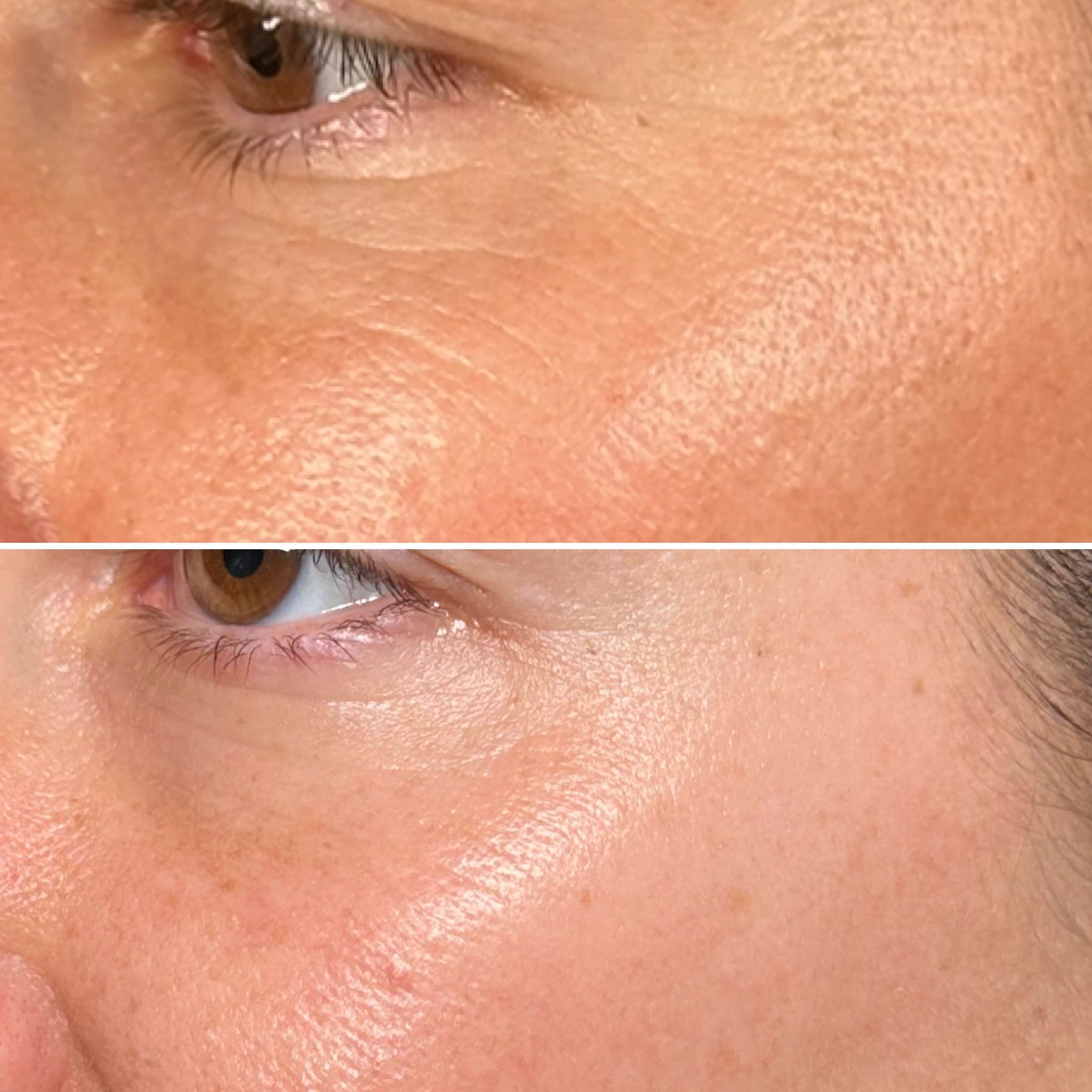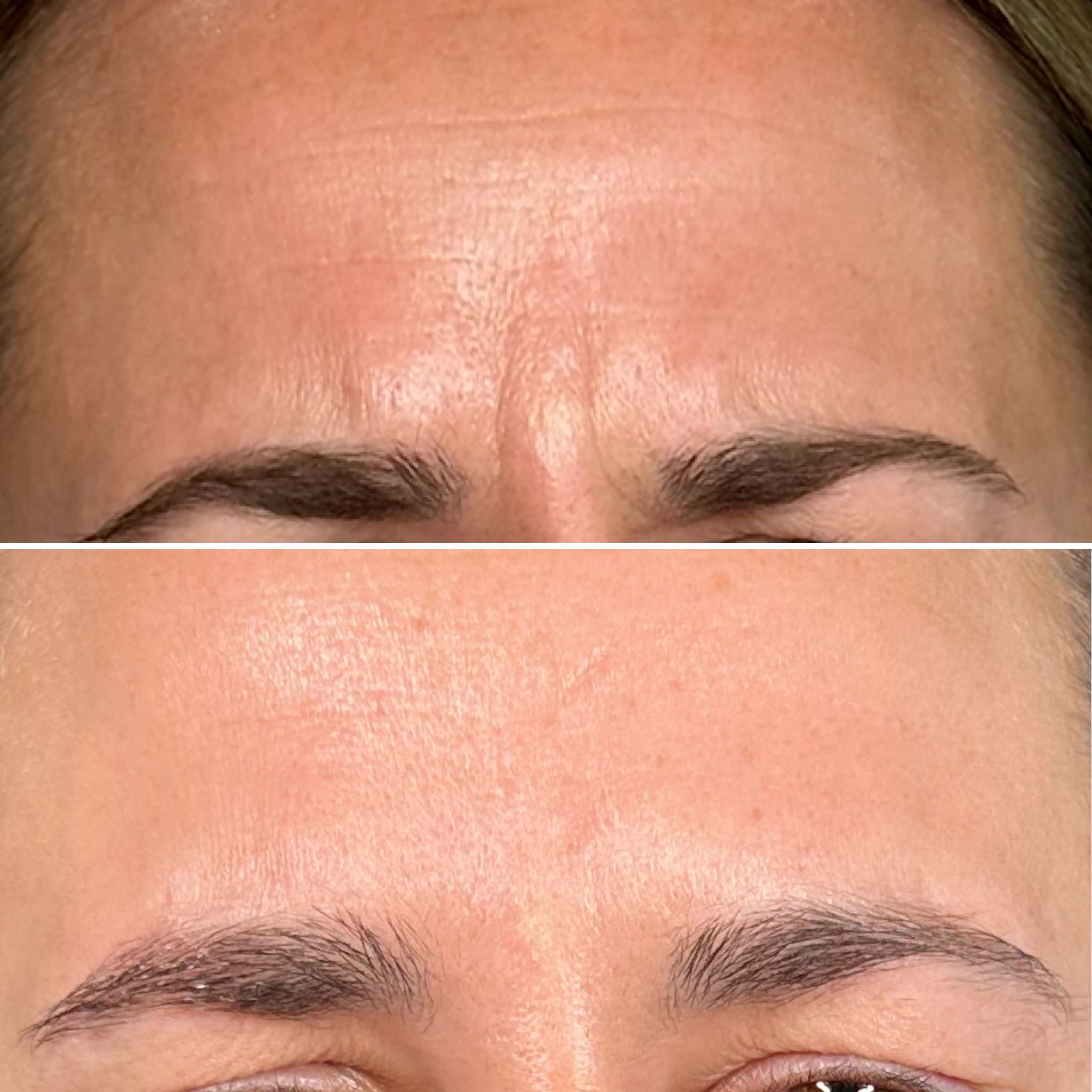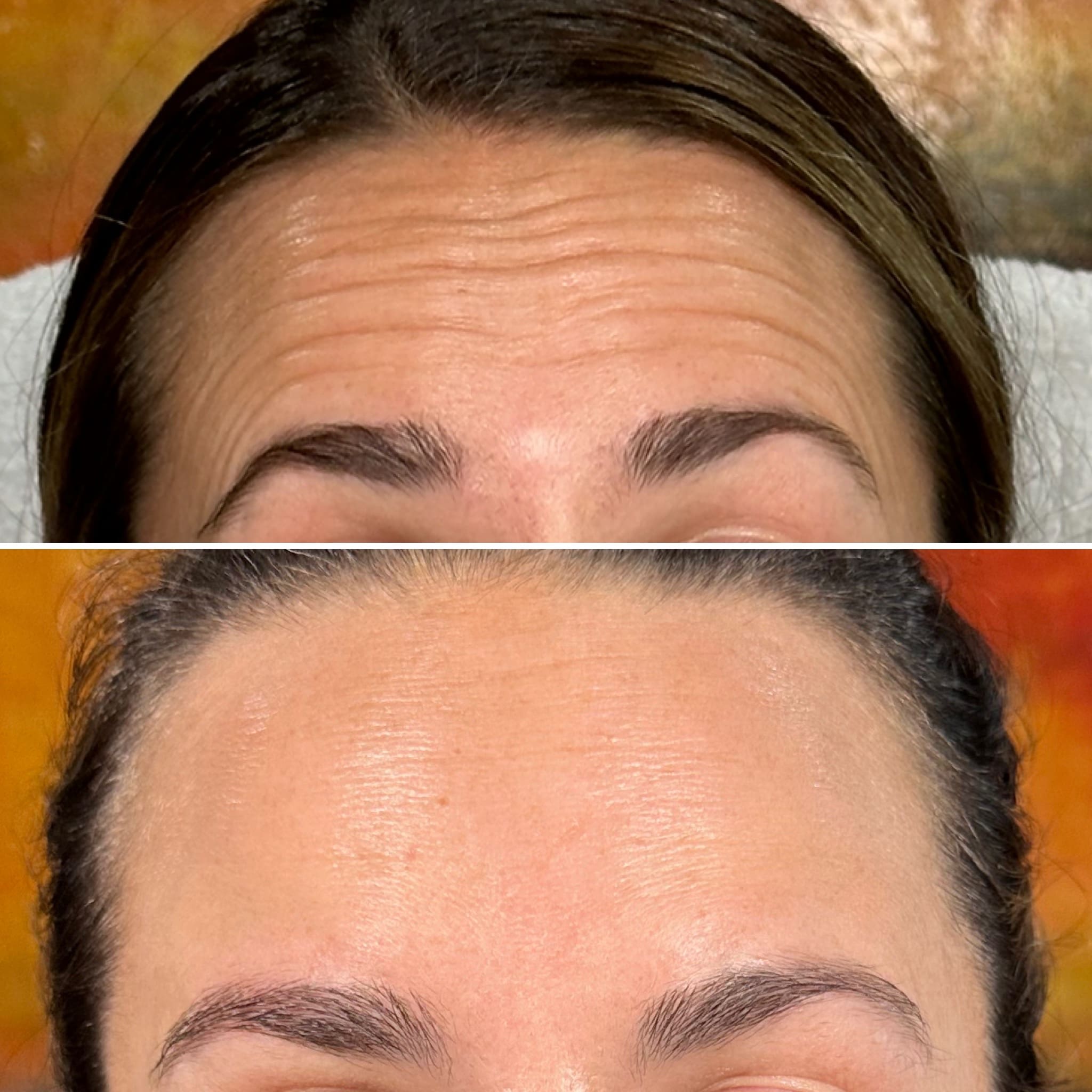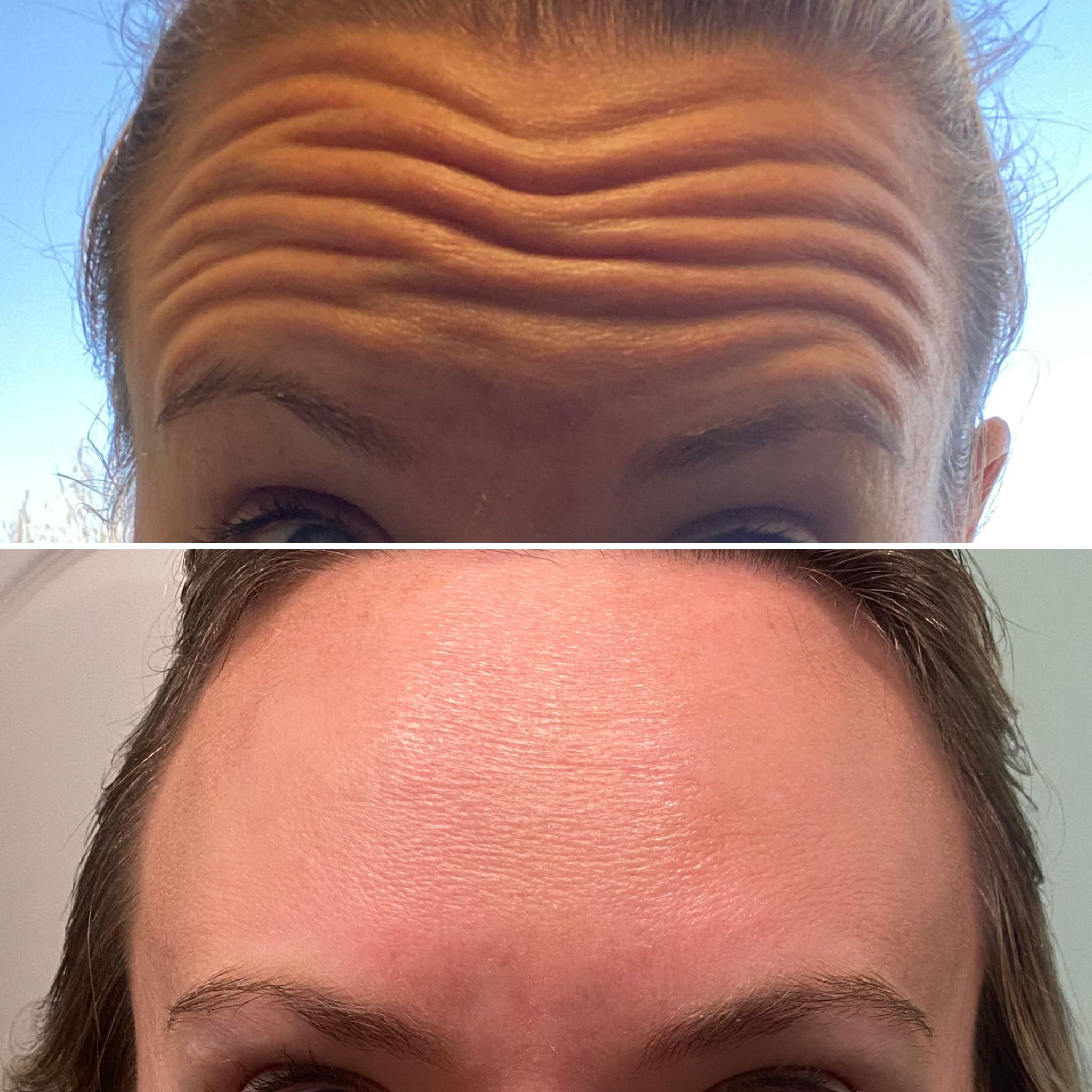Injectables
Restoring Ageless Confidence
Starting to notice the subtle signs of aging and curious about your skin’s changing needs? Allow us to engage in a thoughtful conversation about it. At Restoration Room, we understand the nuances of this natural process, where features may gradually lose their youthful plumpness and resilience, affecting your self-assuredness. We are here to guide you with a warm and knowledgeable approach, offering candid insights and tailored solutions.
Introducing injectable fillers, a solution for restoring your youthful appearance and self-confidence. Here are the key concerns fillers and botox can address:

Loss of Volume
As we age, it's common to lose volume in our faces, which can lead to sagging and a tired appearance. Dermal fillers are a safe and effective way to restore volume, helping you look and feel rejuvenated.

Wrinkles and Fine Lines
Worried about wrinkles and fine lines? Botox, a type of neuromodulator, relaxes the muscles responsible for these creases, giving you smoother, more youthful-looking skin.

Safety and Effectiveness
Despite their technical name, botulinum toxin type A and dermal fillers have an enviable safety profile. They have been extensively studied and are widely used not just for cosmetic purposes but also therapeutically for various conditions.
All Your Questions Answered
Dermal Fillers
How It Works
Dermal fillers are a hyaluronic acid-based gel that can be strategically injected into the cheeks, nasolabial folds, marionette lines, chin, and lips to restore volume and balance in the face.
As we age, we gradually lose collagen and volume in our faces. There are several ways to stimulate collagen production, but volume is best restored with dermal fillers.
Results
When strategically placed, fillers can take years off of your face by restoring shape and structure, smoothing the appearance of lines and wrinkles, and providing a fuller appearance. At Restoration Room, our priorities are first safety and second maintaining a truly natural look.
Ready to take your skin to the next level?
Book a consultation now to find the best treatment for you.
Problem Areas Targeted
Injectable fillers help treat volume loss, facial asymmetry, aging skin, skin laxity, lines & wrinkles, and dull, dehydrated skin.
Cost
Pricing varies based on quantity and specific product used.
Recommended Frequency
Most dermal fillers last 1-2 years (again, depending on the product and placement). This does not mean you will suddenly need a full re-treatment at that timeframe, but you may notice a gradual fading of the initial volume.
Ready to take your skin to the next level?
Book a consultation now to find the best treatment for you.
Treatment Duration
Treatment time varies based on what we are treating; this could be more accurately approximated during a consultation.
Recovery Times
We always request that people assume they will have some bruising and swelling after their injections. we can be pleasantly surprised if it is not an issue. However, these are very common side effects of injections and can last around 2 weeks, so plan accordingly around important meetings or special events. Swelling, especially of the lips, will often start immediately during injections and peak at day 2. You may also have a bit of discomfort after your injections; ice and Tylenol tend to be adequate.
How it works
Botox and Jeuveau are injectable neuromodulators for the treatment of lines and wrinkles, primarily in the upper face.
Neuromodulators work by blocking nerve signals from reaching the muscles. This prevents these muscles from moving, thus relaxing the creases or wrinkles in the skin. While they are most commonly used for cosmetic purposes (like treating wrinkles), they can be used therapeutically for tightened muscles, migraines, excessive sweating, and more. While their technical name is botulinum toxin type A, don’t let that scare you. These are some of the most widely studied drugs with a safety profile most drugs would be envious of.
Results
Neuromodulators help to smooth lines and wrinkles, reduce sweating, relax muscles, and when strategically placed, may offer lift in certain areas.
Problem Areas Targeted
Neuromodulators are most commonly used in the upper face for wrinkles, but can also be used off-label in the lower face and neck for the same. They can also be injected into the underarms and palms for excessive sweating, scalp and neck for migraines, jaw (masseter muscle) for clenching, and more.
Ready to take your skin to the next level?
Book a consultation now to find the best treatment for you.
Recommended Frequency
Neuromodulators typically last around 3 months before wearing off. Duration does depend on dosing – lower dosing may get you slightly less duration and higher dosing may get you a bit longer duration. Each individual is variable in how their body responds as well.
Treatment Duration
Treatments are quite quick, usually being completed in <30 minutes.
Recovery Times
Immediately after your treatment, you may see small, pink bumps where the medication was injected – these will dissipate within an hour. Bruising is possible anytime you receive an injection, though typically resolves within a few days. Some people also develop a headache after their injections, though this is typically self-limited. There is no recovery time associated with this treatment.
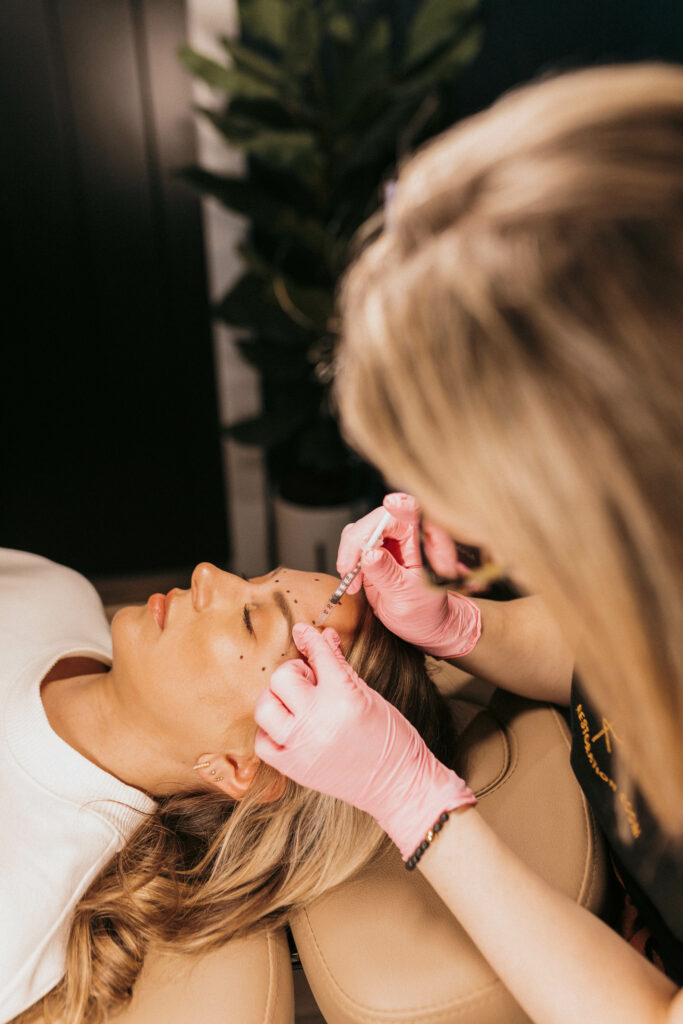
Hear From Our Clients



Elevate Your Experience
Red Light Therapy
Illuminate Your Skin From Within
Dermaplane
Reveal Your True Radiance
Lymphatic Drainage
Sculpt And Refresh Your Look
FAQs
While fillers and neuromodulators often target the same problem (wrinkles), they work very differently. Neuromodulators offer a temporary relaxation of the muscle, which in turn will soften lines and wrinkles. Fillers, on the other hand, are used to restore the volume and add structure below the skin, which will, in turn, plump the skin and smooth wrinkles.
Neuromodulators take up to 2 weeks to take effect and are only active in the body for approximately 3 months before needing re-treatment, whereas you see the results of your filler immediately, and they can last up to 9 months-2 years.
In most cases, fillers and neuromodulators work great together as they target different areas and work in different ways. When done well, both can provide very natural-looking results.
Most people find the injections to be only mildly uncomfortable. Topical anesthetics are used prior to injection, and the fillers themselves often have lidocaine mixed in, meaning they will continue to offer numbing as we go along. At the end of the day, it varies from person to person – a needle will be inserted into your skin, so rarely does that go completely undetected.
I recommend avoiding alcohol and NSAIDs (i.e. ibuprofen, aspirin, etc.) for about 48 hours prior to and after treatment to minimize bruising. Keep in mind that bruising and swelling are likely, so plan accordingly around important events – ideally, giving yourself at least 2 weeks of recovery time. – If you are concerned with bruising, you can take Arnica tablets for 2-3 days prior to your appointment. These are available over the counter.
– We can not perform filler injections if you are pregnant or nursing.
– If you have a history of cold sores, it may be beneficial to take a prophylactic antiviral prior to injections as the trauma may re-ignite that virus and cause cold sores.
– If you are feeling unwell in any way, please reschedule your filler appointment, as I do not recommend an invasive treatment while sick.
– Importantly, if you have had dental work (including a cleaning) in the last two weeks or plan to in the following two weeks, we will need to reschedule either your filler or dental appointment.
You may feel a minor pinch as the needle passes through your skin, followed by a minor burning sensation that lasts 1-2 seconds as the medication is injected; however, these are only seconds of discomfort that immediately disappear when the treatment is completed. Most people don’t find any discomfort at all.
Most people find that they start seeing or feeling some difference within a few days, though it does take approximately 2-3 weeks for the toxin to fully settle into the muscle to judge your results. You do need to keep in mind that if you have deeper wrinkles or have never treated yourself before, you will not see an instant disappearance of wrinkles. Our first goal is to minimize muscle movement; in time, that lack of movement will allow those wrinkles to fade away.
There are several reasons your Botox/Jeuveau/Dysport/etc. might not be lasting as long as you’d hope. Some of these reasons to consider: illness or recent vaccines, frequent exercise, high metabolism, breastfeeding, and lower dosing of treatments are all common reasons that your tox might not last as long as you’d like. If you have concerns, I always welcome you to bring them to my attention, so we can try to find a solution.
The toxin will gradually fade away, and the aging process will continue on. This means your wrinkles will return, but there is no other downside to stopping treatment.
One of the most common side effects of a neuromodulator in the upper face is a brow ptosis – this means that your brow(s) sag a little lower and look/feel heavy on the eye. While this can also happen to the eyelid, it is less common than with the brow. Alternatively treating the lower face, it can potentially alter the appearance of your smile or cause some asymmetries in the face. These are typically cosmetic side effects (rather than true dangers), but unfortunately, they cannot be reversed. Some asymmetries can be corrected by strategically injecting more toxin, but others will simply take time to wear off.
There are other more severe risks, such as difficulty breathing, but these are extremely rare and are most often associated with injecting neuromodulators into a patient with an underlying neuromuscular disease.
While these side effects can certainly happen, take comfort in the fact that they are very uncommon and are most often avoided by a deep understanding of anatomy by your injector.

